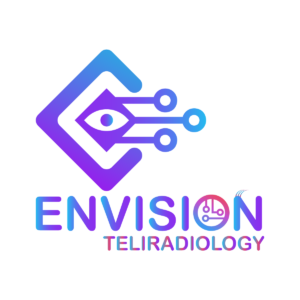FAQ
Teleradiology Frequently Asked Questions

Radiology involves the diverse methods of systems and technologies involved in the capturing of images of internal organs of human body, which the medical professionals rely on for diagnosis as well as treatment. Teleradiology refers to the practice of a radiologist interpreting medical images while not physically present in the location where the images are generated. Teleradiology involves the transmission of such images (X Rays, CT, MRIs, etc )from origin location to a distant location, where professional radiologists and experts offer primary & final interpretation and consultation.
Teleradiology is a growing concept across the world. Teleradiology involves the reading/interpretation of medical images by a radiologist, who is not present at the location where the images are generated. Teleradiologists work as an extension of the radiology departments of hospitals, in situations like work overload, odd hour emergency cases, holidays or when the incumbent radiologist goes on leave or vacation. Teleradiology also addresses the lack, or inadequacy of professional radiologist services.
Teleradiology also helps in situations like:
- When hospitals, clinics seek a cost-effective solution, without compromising on the quality of the system.
- When radiologist is not available for full-time reporting.
- When the incumbent radiologist is loaded with excess work on particular days, especially Monday mornings.
- When the incumbent radiologist seeks more work-life balance, by offloading some of the work to the tele support system.
- When night time/emergency reporting is not available.
- When hospitals, clinics, located in remote areas, wish to leverage on technology to gain accuracy in diagnosis through expert image interpretations.
